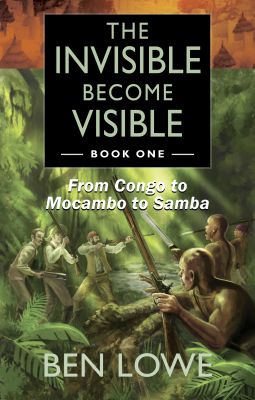This represents the first of three novels on history's forgotten or too little remembered people, including in particular the indigenous people of Sub-Saharan Africa, Brazil, Haiti and Mexico. It is a history of peoples living lives in communities for thousands of years until invaders come; a history that is long overdue; a history from the perspective of the invaded and the enslaved; a history that looks very different from the norm, casting a sinister mirror on the invaders. From Congo to Mocambo to Samba starts with the beginnings of the Portuguese empire from 1487, how people experienced Portuguese Armadas marauding up the east coast of Africa and their attacks on various ports and coastal stretches. From South African oral history we see how the Khoisan lived from 1487, and how they experienced and responded to unexpected European visitors. In India we see the tragic impact on locals as the Portuguese Armadas continue their negotiation by cannon fire. We see, too, the Armadas impact on people living on the East African coast. In Brazil, Haiti and in Khoisan and Bantu areas in Africa, we discover the people and their lifestyle, and their interaction with invading Europeans, and we see in Brazil in particular the emergence of Tupi and free-slave communities, which become pivotal to the development of Brazilian culture. In South Africa, we discover Hangklip, a free slave community, which emerges after the Dutch importation of enslaved Africans. Much of the novel's second half is part an allegory for the overwhelming desire of enslaved people for freedom.

